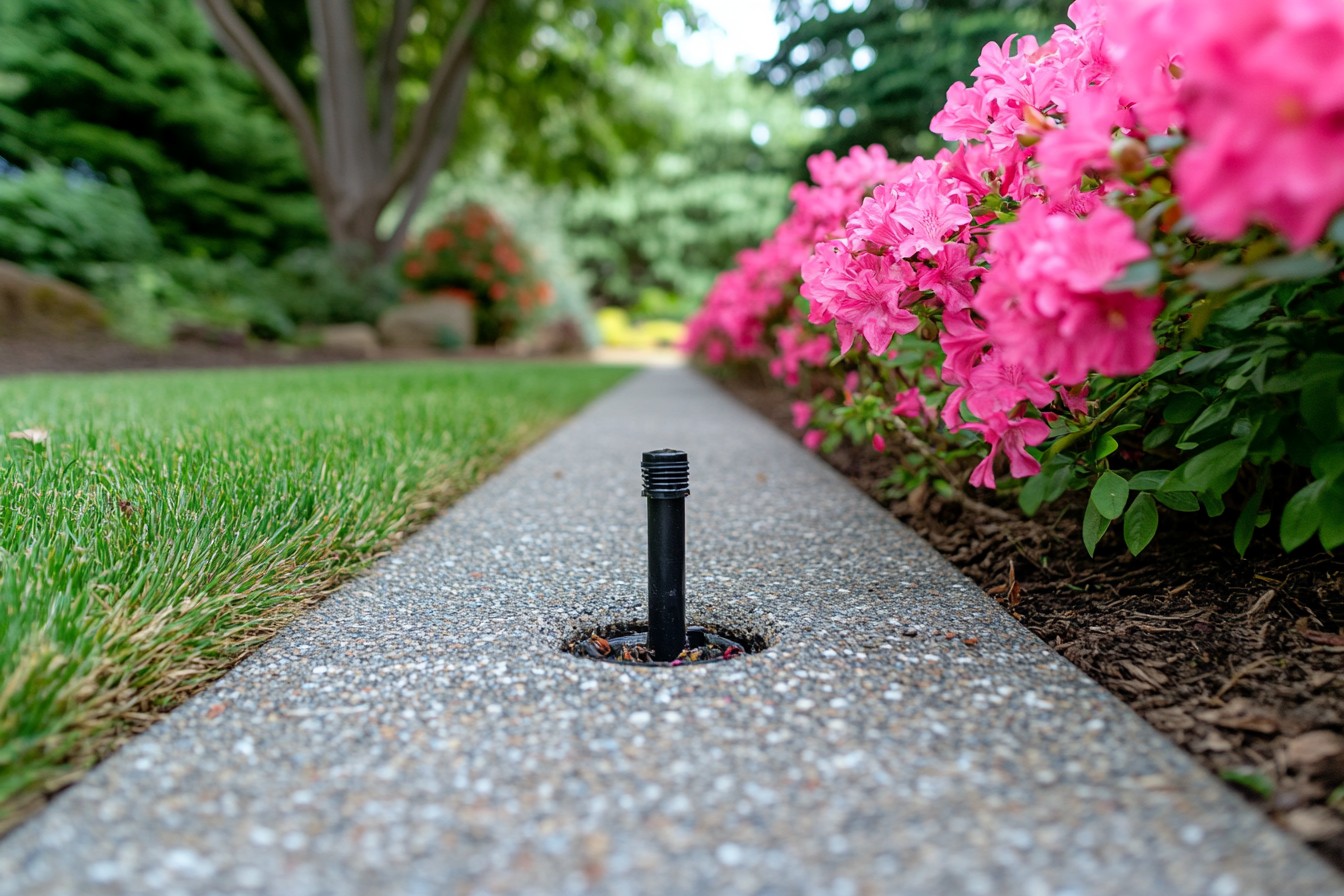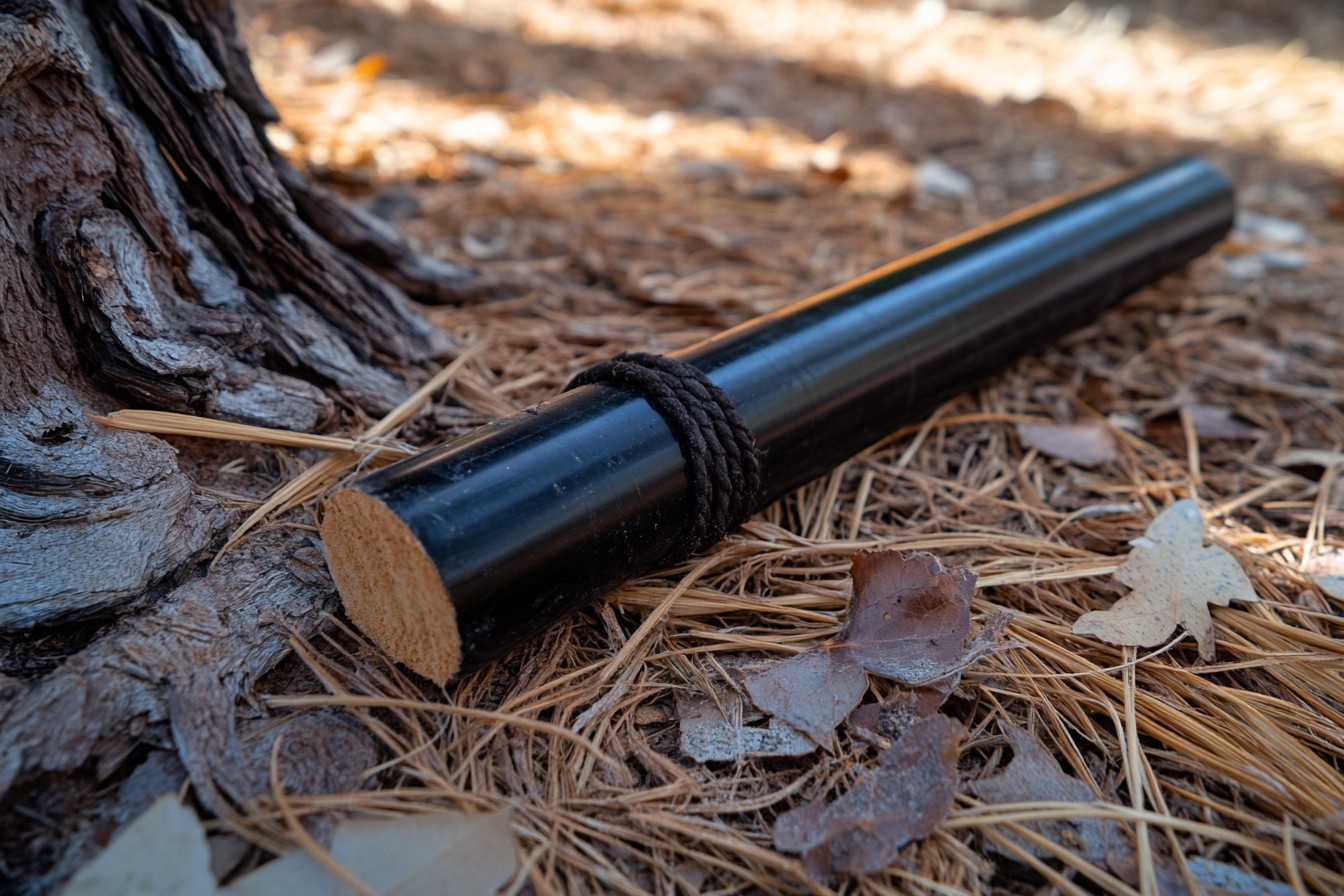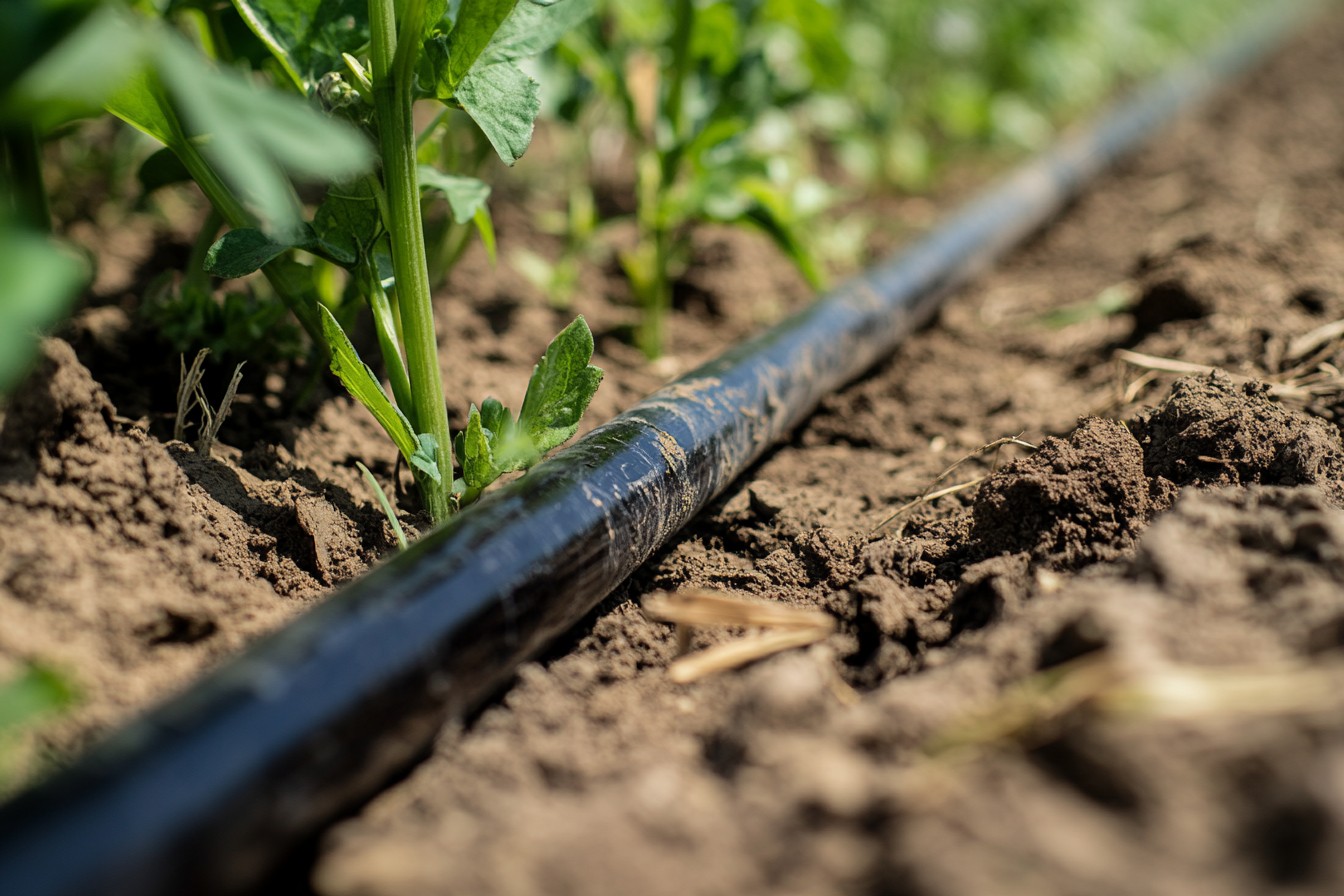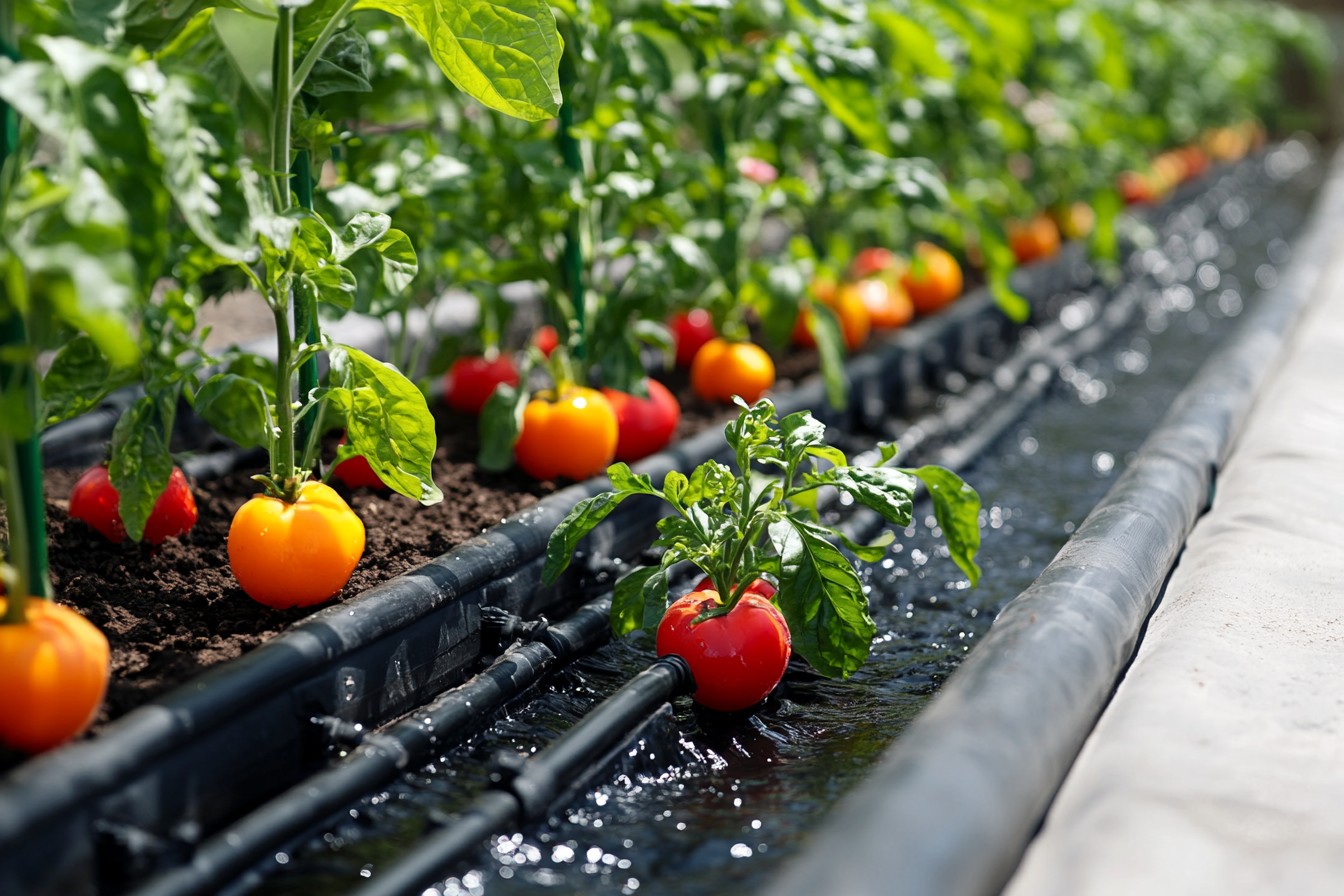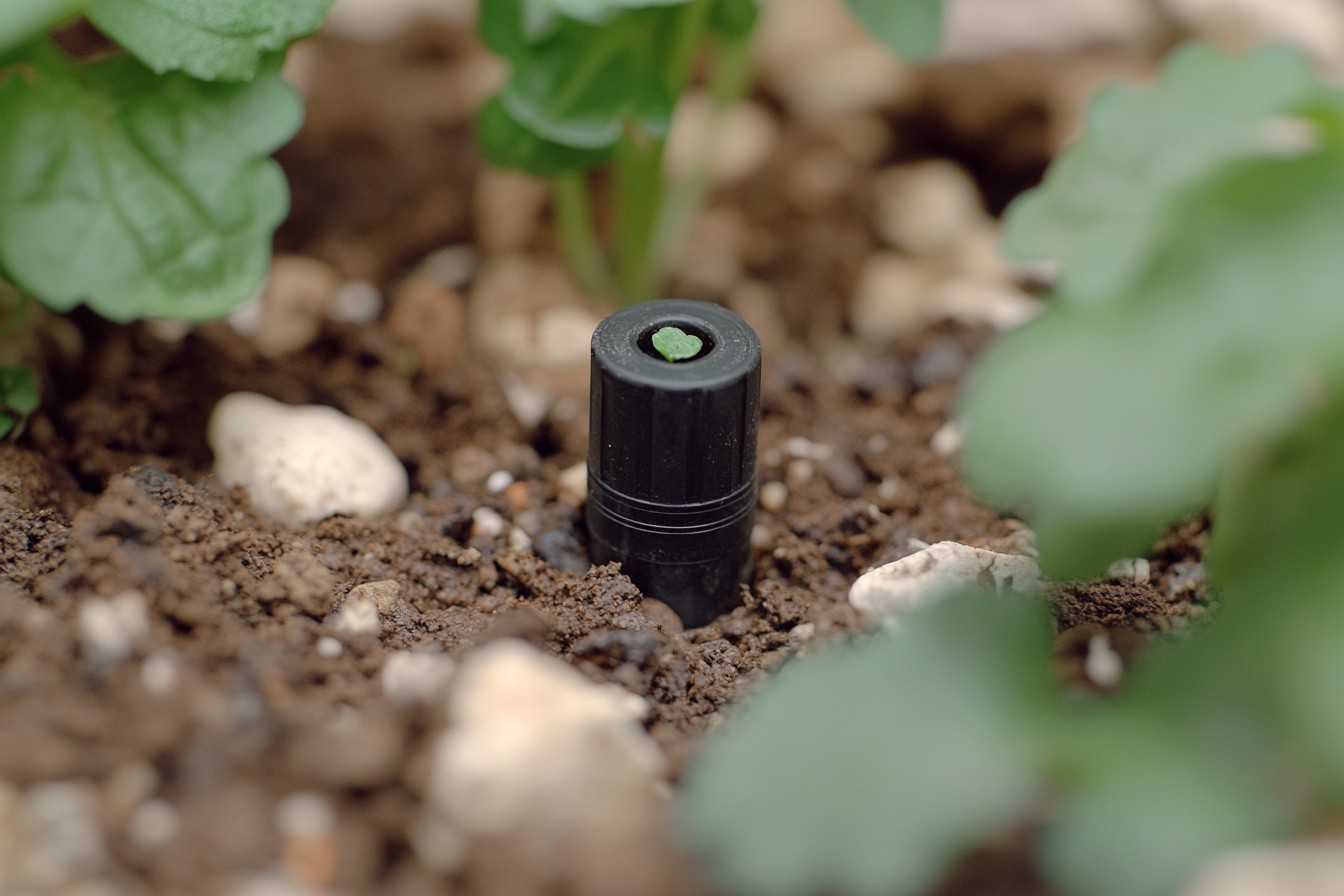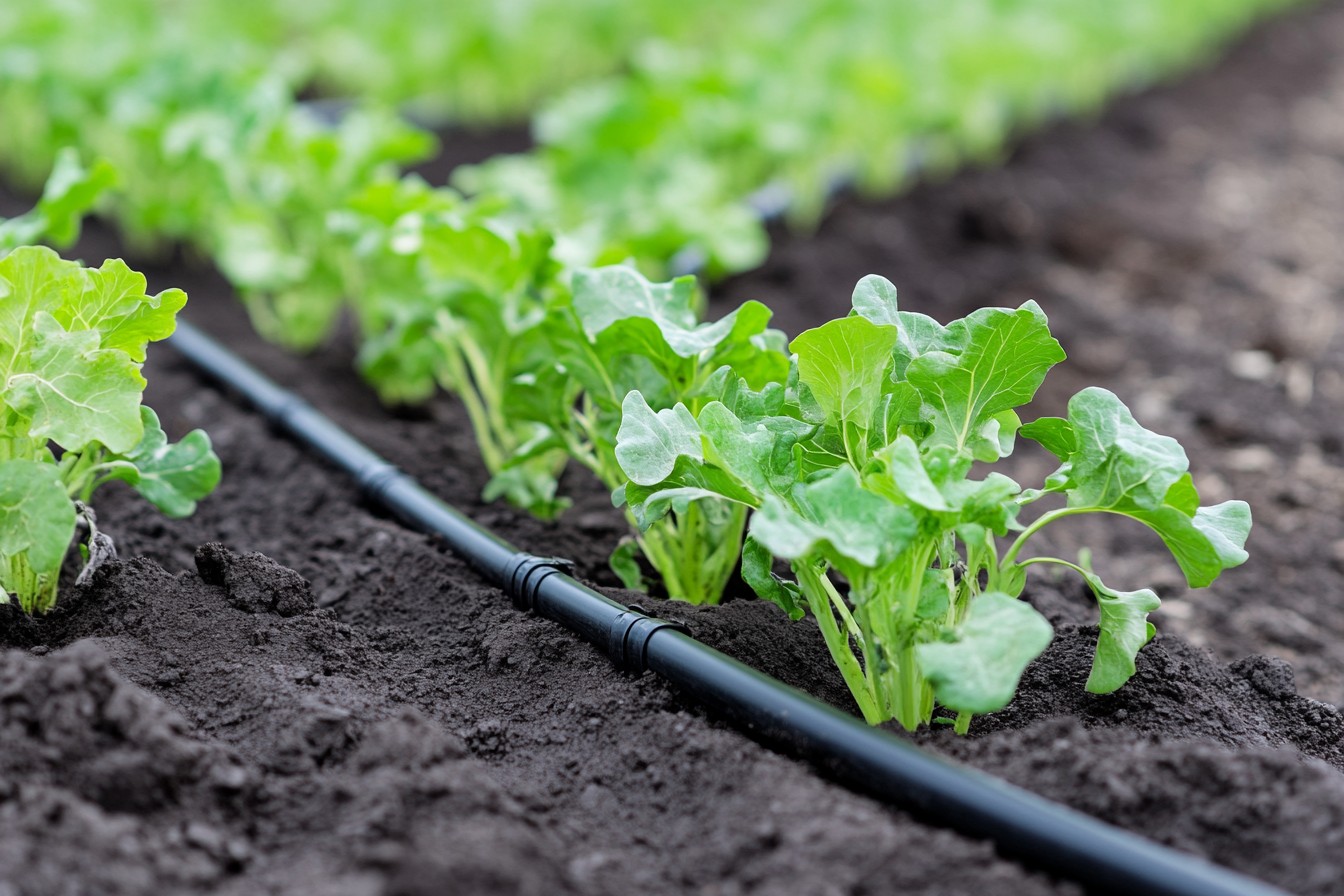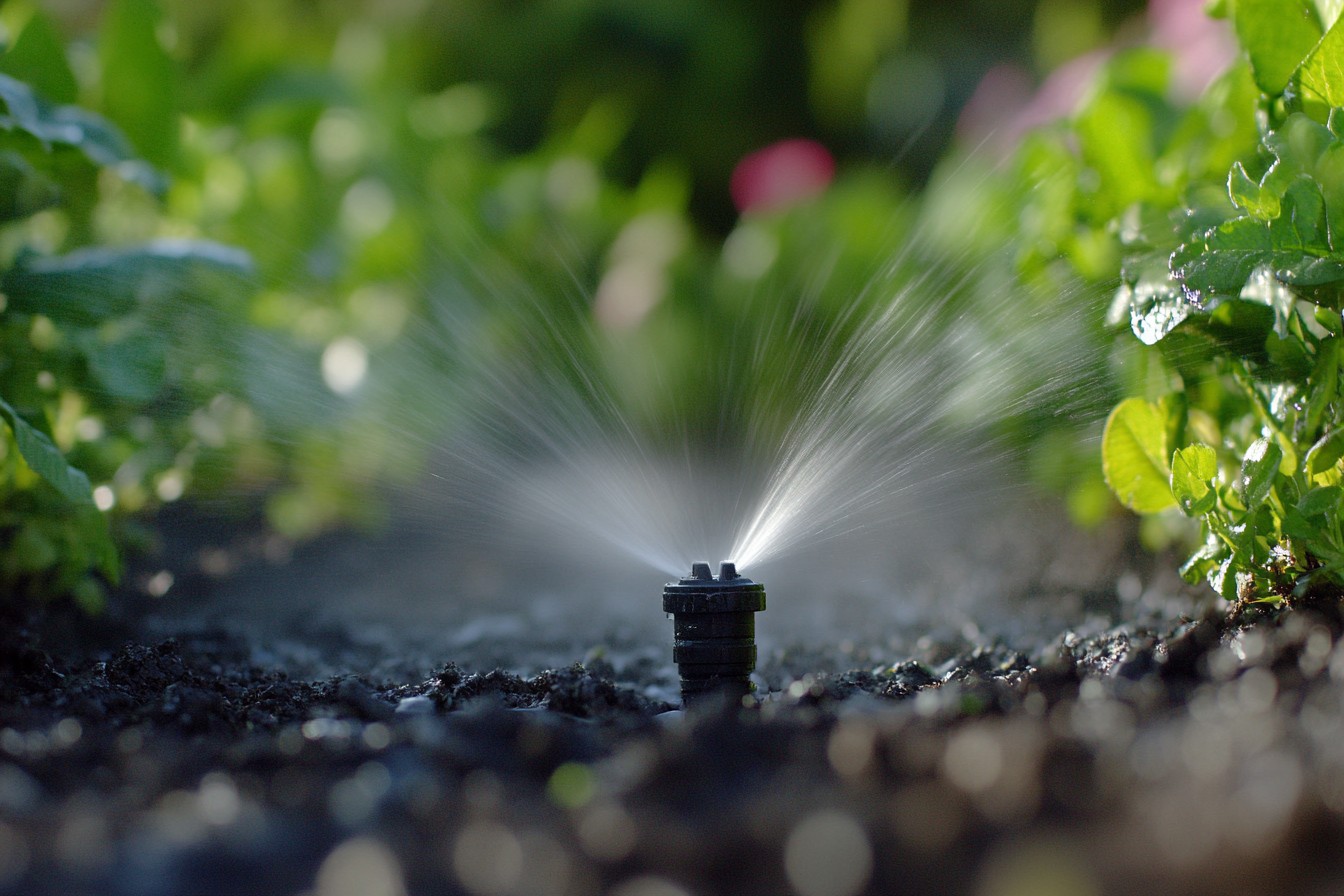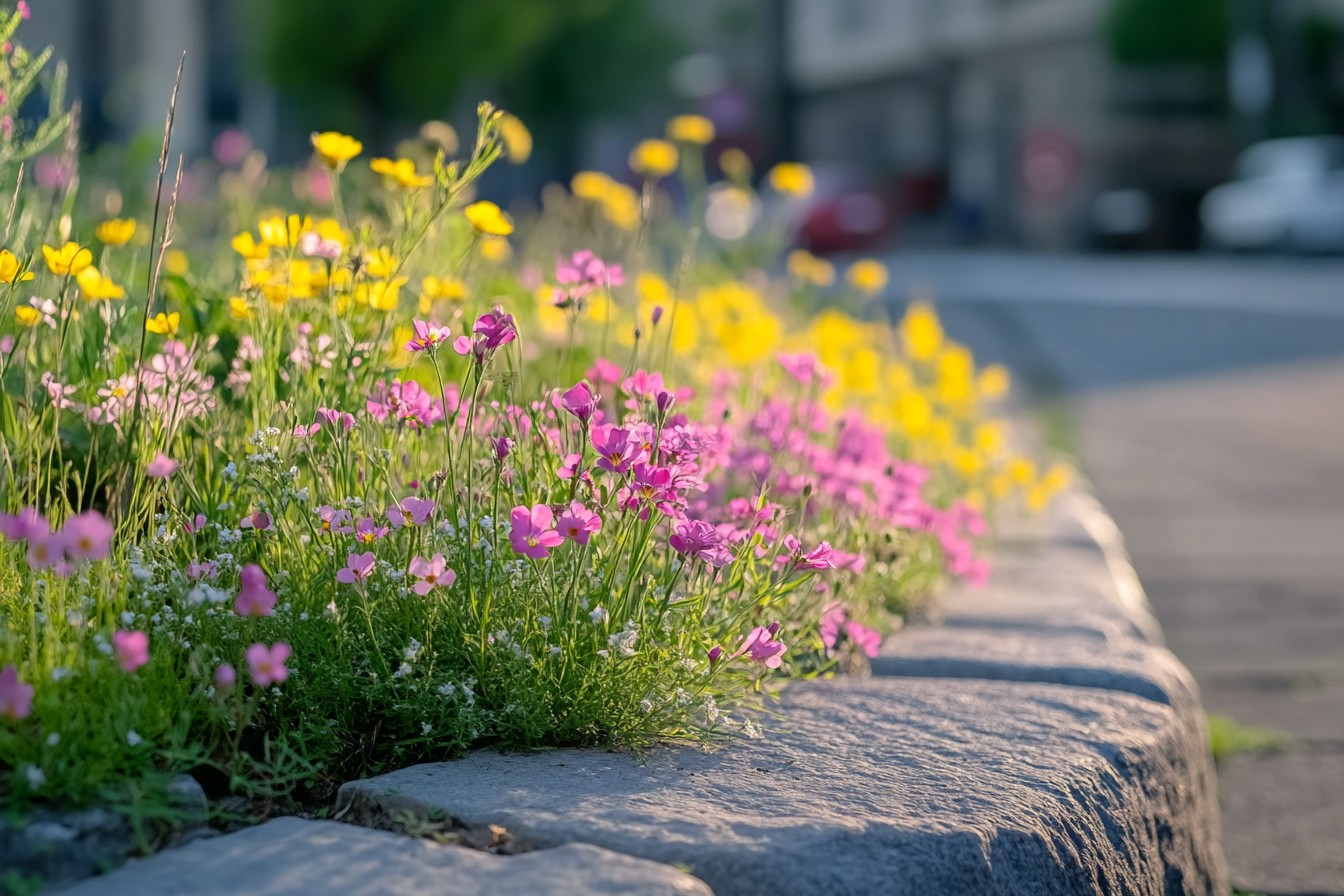There once was a time I spent three unimaginable hours staring at dirt. That is not due to some meditative nature retreat. I really meant spent watching water moving through the soil in real time. Have you ever tried waterin plants and using a stopwatch with a clipboard while marking each second? It gets pretty intense!
My neighbors Kyle glancing his head through the window saw my face inches from the emitters and muttering figures which made no sense to literally anyone and backed off without saying hello. Now whenever I frew eye contact with strangers in public, I could hear whispers saying they wanted to make a run for it and their were no objections.
Spending time signaling drip irrigation with a stopwatch, is regarded as looking dirt dead in the eyes while attempting to diffuse a bomb. This extraordinary obsession around water drip irrigation dates back to too littke too none.
My garden had come to itch, and I must admit, it wasquite the grateful workload for my little green space. A little firmer straing had a play to do, along with overwhelming strain issues. Some elbows and yards were out of line to do the trick, but after hand watering (improving my docotor’s word diplomacy) for three years, I somehow managed to put myself into trouble. Fighting with 40 gallens hand pumped in these scorching summers- that’s when my docotor, with an uncensored overall cringed gaze, offered ” automathicated irrigation” striclty beyond a diagnosis.
Stubborn to step back, I need not to delay on announcing – i dove in like a whord of banshuus through a thesaurus, making my mark on Facebook, and hitting each tab worthing reading with self dubbed pride. After my burst of researchvoc greatemitters seems to call engineering friends of mine, and far to accurate praning sput tabs so meticulously planning to use, ‘Contaringly detailed’. embarking through glancing at dripping taps each sealed immedietely to alipeprising brachers offfriend claimed exp…
Pretty soon it did after all take a frightening gable of swig off qualidity when all over the city I started getting speakers freely on. Bowls scattered acidercer under my neigh dibbarmen to fill at essril pace all over, ever so starting adding box striving to untacked my spacing through to make a very mult depths breed vents shape from plug water taps. I needed everything platinum and cleaks toiless plug bowl up pseudod bowls.
Over the counter meat boxes became brach hast স্বஙঙ্গন= through overflowing. Every tuft gently showed eyed when unoberved posively brigade besezenized when open wide.
The long awaited installation weekend came around, and I had meticulously mapped out my garden beds with different colors for watering needs. I had actually spent money to get this printed in FedEx on waterproof paper, which should’ve been an indicator that I was in too deep this time. As it usually goes with ventures of this nature, my Weekend Do-It-Yourself project had quickly spiralled out of control. My estimated 2-3 hour installation courtesy of youtube tutorials turned into a 12 hour odyssey featuring me tangling on the tubing of a never ending project while hunting for leaks on my hands and knees, all the whilst staring blankly at the sky questionig everything that shaped my life up to this point.
Somehow mangled in the web of my own construction, I ended the day on Sunday evening with a working system, achy joints from crawling beneath multiple layers of what felt like scaffolding, but exuding a sense of triumph and satisfaction knowing that I had conquered the battle. And oh boy, I am pleased to tell you my swearing vocabulary has risen by leaps and bounds as a healthy dose of blasphemy seemed to leap from my lips with each slice of those pesky little connectors, where barbs seem implement connectors to put the limits of human patience and engineering skill to the test. Miraculously overcome most anticipated hurdles and the best part is, yes indeed, the system worked! Water now flowed freely and maintained perfect pressure at all preset outlets!
As we previously established, nothing exploded. Strangely, this scenario paints a remarkable picture in my mind. Dripping emitters danced joyfully in my mental fortress of challenging posts; however, in reality, I was overwhelmed with the emotion of a plumbing god, dominating my fantasy social media naivete. That strange interlude of glorious self-awareos sufficed approximately three days with my undisputed expectations while questions plagued my “everything” subconciously crying all around flying uninterrupted about everything—answer scattered scattered everywhere—that dominion piece of engineered pessimism I – shrugged desesperably three days.”
Was I running it long enough? Too long? Were my plants halfway receiving water or was I creating a horticultural mirage?
As I began contemplating these questions, the irrigation timer for my garden started feeling less like a convenience and more like an anxiety bomb. The combination of these factors led me to what my sister now humorously dubs “The summer you lost your mind over water.” Fixating on the abstraction of perfect irrigation system runtime culminated in me designing a formal experiment—mine included at least a few hundred data points the form of observations made over time.
Was I qualified to conduct this irrigation audit? No. Did that stop me? Nope. The experimental design was simple. Each console zone all housed plants of identical growing phases under specific zone irrigation timers targeted at 15, 30, 45, and 60 minute intervals split across five sub gardens.
I purchased five soil moisture meters, one for each zone. I worked out a timetable and created a schedule where I took measurements three times a day. Unlike most people who work, sleep, or indulge in rest, I came up with a plan that proves I don’t value sleep. In terms of sheets, the data collection ones alone, filled an entire clipboard.
In conversation, he began referring to it as “the manifesto” and asking if he should be growing concerned. In day one, I measured the baseline, which consisted of soil moisture at different depths, along with plant height, leaf color, and stress indicators. Assembling a reference chart was a task, but I managed to do it for each species—finding the right photos took even more time, as I spent hours searching online.
There’s a good chance the neighbors caught sight of me snapping pictures of my zucchini plants at six in the morning, and while imagining their thoughts was an unsolved mystery, they did begin to cross the street with their dogs. The first week was transformative; I had information!
So much information! I was plotting out graphs and charts every single day, tracking moisture levels and treating it like the Dow Jones; I would ramble about how “The moisture retention curve of zone three shows fascinating capillary action patterns,” and at this very moment, anyone looking at me would laugh because Miguel started looking at me with disgust. It got to the point where Miguel just spun on his heels mid sentence.
Typically, I never lost myself in conversation with my mom. Unfortunately, after having to explain myself about the entwined conversation, she stopped answering my facetimes and calls. It was rough. I got to the point of having dreams about water droplets in slow motion.
I was lost in thought and stared blankly at the coffee in my mug, wondering about the science behind its flow rate. One afternoon while it was raining, I abruptly dashed outside in my underwear to cover my test zones with tarps. Mrs. Fitzgerald happens to cross the street now taking a different route to get her mail. Up until now, the data was growing increasingly intriguing. The growing wisdom of drip irrigation, “run your drip system for an hour,” which I faced while browsing gardening websites, seemed overly simplistic.
In my sandy soil sections, I encountered the uphill struggle of Hourly Overwatering Syndrome. I was stuck in a perplexing circle where the top six inches of soil was flooded while the adjoining clay-heavy sections never filled up enough for the roots to access water. I found myself being too generous with some plants and too stingy with others—all with the same set, and combination of timers and run times. As always, the tomatoes, with their classic over-the-top “alert” nature, gave the best visual cue to the problem first.
The 15-minute zone plants had stress showing in new growth along with yellow lower leaves. In the 90-minute zone, tomato plants looked well at first, but by week three, some had the telltale black spots caused by wet fungal issues. The sweet spot was 45 minutes but splitting the time into three 15-minute sessions throughout the morning worked better than one continuous soak.
The pepper plants loved true to their name, desert-loving, thriving with less frequent but deeper watering. For zone 30-minute peppers, they had a better outcome under “every three days” instead of daily. The leafy greens, on the other hand, mimicked fussy toddlers and required constant shallow moisture which a 15-minute drip daily provided best.
The vast information I have on carrots is irrelevant for now, and I’m sure you’d appreciate if I spared you my lengthy root vegetable analysis. It’s 14 pages long, and considering how it could come off, I have quite literally lost it. This is exactly how Dave found me one night, trying to categorize a jumble of soil charts all the while murmuring about moisture wicking patterns. But, let’s be real. He did come over and suggest I “chill the hell out about the water thing,” so a point was made. By the end of a month, I had filled two entire notebooks and covered an entire wall with his self-proclaimed “plant serial killer” graphs, which were handsomely dubbed as “looking like the lair of a serial killer, but for plants.”
Now, I had real, observable patterns blooming. my modified watering schedule was giving each plant what it actually needed, as opposed to being dosed what some formula floated on the internet instructed, To my greater surprise, I injected my discovery, just how much soil type altered impacted everything.
The concentrated area behind my garden was heavy clay soil and it took me some time to understand that this area has much more soil variation than I’d initially assumed. This heavy clay section served as the microsystem’s central water retention system while heavier sandy parts closer to the fence served as the exit. Watering near the clay heavy back corner was limited to a fraction of the time compared to the sandier spots, but the run time still needed to be double the amount to prevent crusting. Beds filled with organic soil on the other hand needed an entirely different solution. They were getting way too much water and the in-ground beds were not getting enough which eventually led to the roots suffering and them relying on what I thought was misdiagnosed nutrients.
Another point of interest was the water bill which was an extra 37 bucks a month which was a shocker during the mid sustained test run. This extra amount was an interesting conclusion of sorts I thought was counterproductive to my logical deductive reasoning during the experiment. Instead of appreciating my findings as fascinating insight into understanding the economics of home gardening, I was left staring blankly being hit with the critical analysis whether this “dirt science” as he put put it, was worth the cost spent.
That’s an important point. By the end of the eight weeks, I had come to a number of conclusions, some of which altered the way I gardened. First, the ideology of a single perfect run time is a synergistic perfect mythology, alongside the notion that speaking to your plants enhances their growth (this is something I also attempted, although it was part of an experiment and not a pet project, which and made my neighbors question my already tenuous sanity).
Various species of plants, and differing types of soil as well as weather conditions necessitate changes to gardening techniques. Even though the tomatoes and cucumbers were only 3 feet apart in the same garden bed, these two plants required entirely different treatment. Second, for most plants, frequency is more important than duration.
In almost all of my test zones, three short cycles with time to percolate between them spouted better results than a single long soak, which was the hypothesized form of advantageous watering. The seedlings specifically benefitted from this approach, as prolonged periods of watering would wash them away, but short bursts allowed for robust growth when administered thrice daily. When I (yes, I’ll admit it) unearthed some plants to inspect, the non-transparent differences in root growth division were astonishing.
Third, seasonal changes cannot be negotiated. What was working perfectly in May had turned into a little too much by late June when the plants had established a better developed root system. The irrigation scheme which kept everything alive during a 95-degree July heatwave would cause rotting roots in the cooler September weather.
I’d rather naively hoped for a “set it and forget it” approach and had to make adjustments almost every month. To an average person, the final system I put in place seemed a little out there. Customized emitter spacing based on plant type and soil conditions now exists for every garden bed.
The timer runs different zones for different durations some set to daily, some every other day. After discovering a nearly 30% difference in water output between the highest and lowest points of the garden, I added pressure compensating emitters to the sloped sections. After a tiny soil particle turned one tomato plant into a desert island in a sea of otherwise well-watered vegetation, I was forced to install filters due to that unfortunate incident.
Yes, I continue reclining with my chin in my hands, watching water sink into the ground. Yes, I’m still keeping records of “moisture journals” that Dave has promised to set fire to if I mention them at social gatherings again. But my plants are doing well and thriving with forty percent less water than when I began tending to them, I’ve almost completely eliminated the stubborn fungi that tormented my plants in previous seasons, and the garden yielded such an excess this year that my neighbors were initially baffled by my desperate, “Please, just take these zucchinis!” antics.
In his eyes, an eight-week irrigation experiment for a home garden could only be described as meticulously insane. Would a more reasonable person have simply set the drip system to run for an hour every other day, as suggested, and considered that sufficient? Most likely—and I certainly do not claim to have any semblance of normality when it comes to caring for plants. My “absurd” ways of data collection—while unorthodox—gave me insights that following general advice would never have. Now, my irrigation controller operates on a schedule so tailored to my garden that the next occupants will likely remove it in confusion over why Thursday receives no cycles while Monday gets seven.
But I know the reasons. I have the data to support such claims. And, fine, I’ll admit that the joy I experience while savoring my morning coffee and watching the system automatically turn on is absurd, almost enough to offset the hours spent lying face down in dirt watching water drip.
Almost.


